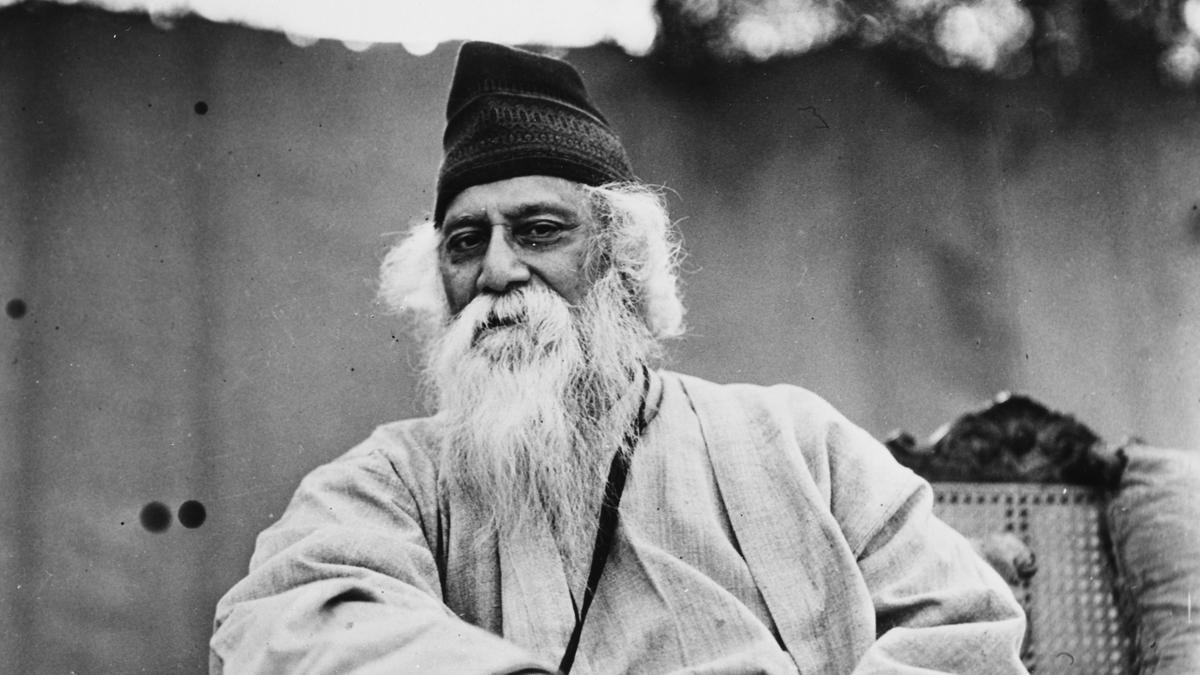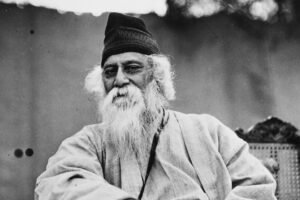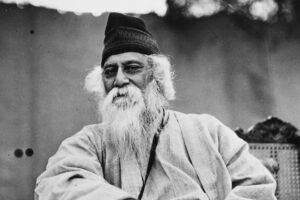How US Pollsters “Underestimated” Trump Support And Guessed It Wrong, Again

Washington:
For the third consecutive US presidential election, opinion polls once again failed to accurately gauge the extent of support for Donald Trump, who ultimately managed to surpass Vice President Kamala Harris in key battleground states. Trump’s victory can be attributed to a significant rise in backing from various demographics and regions. Nevertheless, analysts noted that pollsters faltered in predicting outcomes in states where the results deviated notably from those of the previous election in 2020.
Michael Bailey, a professor of political science at Georgetown University, pointed out that although they performed well in the battlegrounds, they fell short in conveying the crucial fact that Trump was gaining momentum nationwide.
According to The New York Times, over 90% of counties in the United States saw increased voter support for the Republican billionaire compared to the previous election in 2020.
In general, the polls had anticipated narrow leads in contests within the seven pivotal states determining closely-fought US elections. By Wednesday, projections indicated Trump’s anticipated victory in five of those states with a margin ranging from one to three percentage points.
The projections indicated that the ex-president was close to winning all seven states decisively.
Kyle Kondik, a political analyst at the University of Virginia, pointed out that while there might have been some underestimation of Trump, overall the polls performed fairly accurately. He stated that it was not a significant discrepancy.
Trump’s victory defied the odds, as indicated by the polls.
This year, pollsters came under scrutiny due to two significant inaccuracies in a row: first, their failure to predict Trump’s win in 2016, and then overestimating President Joe Biden’s margin of victory over him in 2020.
Pedro Azevedo, the Head of US polling at AtlasIntel, mentioned that Trump was underestimated by approximately two points in crucial states during this election cycle.
The most recent polling average by RealClearPolitics shows the Republican candidate leading by 0.4 percentage points in Pennsylvania. However, as of Wednesday, his lead had extended to two points.
Polls in North Carolina had forecasted a 1.2-point lead for Trump, but he ended up securing a three-point victory over Harris.
In Wisconsin, the vice president initially held a narrow lead of 0.4 points, but the latest projections indicated that Trump was ahead by 0.9 points in the vote tally.
Since Trump burst onto the US political stage approximately ten years ago, the persistent issue remains unchanged: a segment of his supporters declines to participate in surveys, leading to a challenge for companies in accurately assessing their influence.
According to the latest surveys carried out by The New York Times in collaboration with Siena College, Nate Cohn, an expert in data analysis and polls at NYT, mentioned just before the election that “white Democrats showed a 16 percent higher response rate compared to white Republicans.
He mentioned that the gap had widened throughout the duration of the 2024 campaign.
The attempts made by polling organizations such as The New York Times/Siena to address these shortcomings through statistical corrections fell short of achieving the desired effect.
Azevedo noted that the polls had clearly underestimated Trump’s support among Hispanic voters, highlighting his unexpectedly strong wins in Nevada and Florida.
He noted that the same trend applies to white voters, mentioning that although many polls anticipated Harris to enhance her support within this group, Trump exceeded expectations and bolstered his figures notably in rural regions.
Iowa exemplified this scenario, as indicated by a pre-election poll showing Harris leading by three points in the traditionally Republican state. Ultimately, Trump secured a decisive victory, winning by a comfortable margin of 13 points, according to Azevedo.
J. Ann Selzer, the individual responsible for the flawed Iowa poll, suggested that the discrepancy might have been influenced by voters who made their decision at the last minute.
She informed the Des Moines Register newspaper that those who made their decision late in the campaign might have chosen Trump after the interviews had ended.
The individuals who had already cast their votes but chose not to disclose their preferred candidate to our interviewers may have potentially provided an advantage to Trump.













